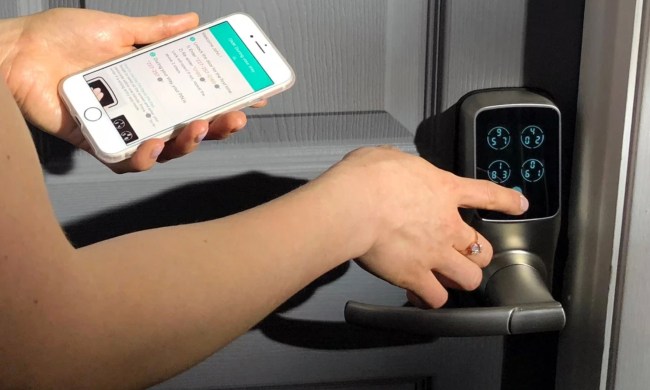That language is part of the Works with Nest program, now. Alphabet’s smart-home subsidiary announced that Weave would be incorporated into the Works with Nest program later this year.
This should mean greater collaboration between Works with Nest developers and engineers. Instead of only being able to use the APIs and libraries Nest adds to the system, any developer that is part of the Weave community will be able to write lines of code that can be applied across the platform. Nest claims it has been using Weave on all its products for some time now and is finally ready to make the language public.
We still aren’t sure where Project Brillo — Google’s own smart-home platform — fits into Works with Nest. Perhaps Project Brillo will be used more for business projects, while Works with Nest tackles the consumer side of the Internet of Things.
A new camera API is coming to Works with Nest in the near future, allowing developers to integrate with Nest Cam. A few devices have already added functionality for Nest Cam, including SkyBell, Philips Hue, August, and Petnet.
Nest also announced a partnership with Yale to develop a smart door lock that is able to message the homeowner and tell them who is at the door. It can create lock codes for different family members and the homeowner can set guest codes.
The Works with Nest program is definitely big at the moment, mostly due to Nest’s heavy investment in building APIs and helping developers get off the ground in the smart-home market. Apple’s own smart-home platform, HomeKit, is a major competitor, which allows the iPhone to become the central hub for all the smart devices.


